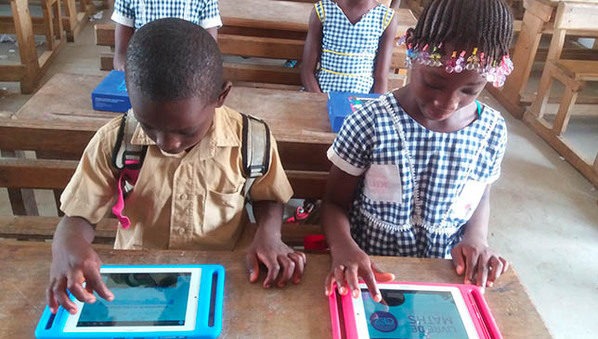In an increasingly connected and innovation-driven world, poor countries are looking for ways to catch up economically by harnessing the potential of innovation. While innovation was once seen as the prerogative of wealthy countries, developing nations are now racing to adopt and adapt new technologies and innovative business models. This article explores how poor countries are seizing the opportunities offered by innovation to advance economically.
I. Access to new technologies
One of the major challenges facing poor countries is limited access to new technologies. However, with the decreasing costs of smartphones, internet access and technological devices in general, these countries can now offer their citizens wider access to the tools of innovation. This allows local entrepreneurs to explore new business ideas and enter global markets.
II. Business models adapted to local realities
Poor countries often face unique economic, social and environmental realities. However, it can also be a source of innovation. Entrepreneurs in developing countries are able to create business models suited to their local contexts. For example, they can exploit locally available natural resources to develop sustainable solutions or use social networks to access previously inaccessible markets.
III. Frugal innovation
Frugal innovation is a concept that is gaining popularity in poor countries. It consists of developing simple, inexpensive and effective solutions to meet the basic needs of populations. Local entrepreneurs focus on creating affordable products and services that are accessible to low-income populations. This approach not only stimulates economic growth, but also improves the living conditions of the most disadvantaged populations.
IV. The role of education
Education plays a crucial role in promoting innovation in poor countries. By investing in the education of the younger generations, these countries ensure a qualified and creative older workforce. Moreover, education also promotes entrepreneurship by providing the skills needed to start and run an innovative business. Governments and international organizations play a key role in providing resources and educational programs tailored to countries’ needs for innovation to advance economically.
Conclusion:
While poor countries were once seen as passive recipients of innovation, they are now positioning themselves as key players in this field. By harnessing new technologies, adapting business models, fostering frugal innovation and investing in education
